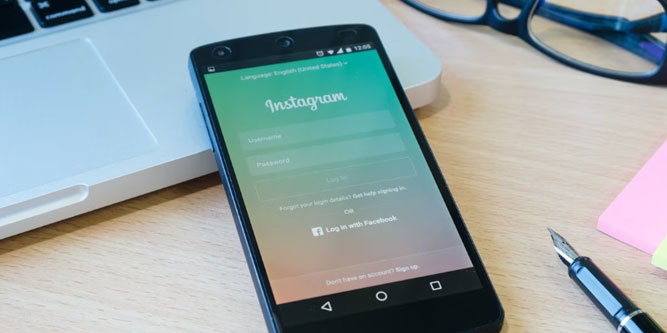Instagram has been cracking down on fake accounts lately, which is good news for its users. But if you’re worried that your account may be at risk of accidental deletion, you might be worried. So, how does Instagram detect fake accounts?
Quick Answer: Instagram uses many metrics to determine account authenticity, many of which are secret. That said, they often flag accounts that appear to be automated, or who engage in coordinated campaigns. They also look for accounts with a majority of followers who are not in their location.
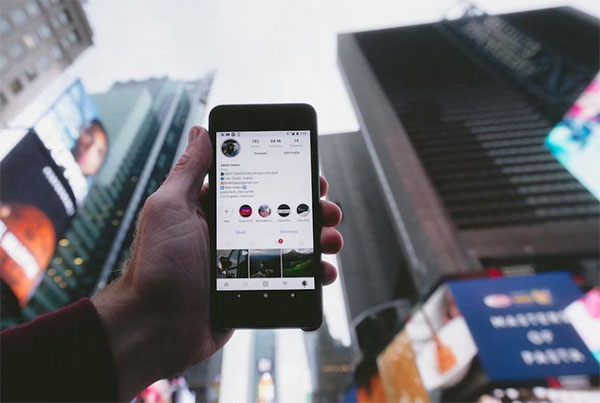
What Is Instagram Doing About Fake Accounts?
Instagram is stepping up its efforts to eliminate bots and other fake accounts from the platform. To do this, they’re starting to ask some accounts to provide a government-issued ID. If the account holder can’t show that they’re a real person, the account can be deleted. In other cases, Instagram may simply reduce the account’s visibility.
Note that Instagram is not instituting a “real name” policy like Facebook’s. You can still use your quirky username and manage your brand page. Instagram is simply ensuring that every account is run by a real human being, not a bot. They’re also on the lookout for individual people who run dozens of accounts, which is a hallmark of scammers.
You also don’t have to worry about your privacy. Instagram’s policy is to delete IDs within 30 days, so your information isn’t stored permanently. ID information also remains entirely private. Your information will not be shown on your Instagram profile or anywhere else on the web.

How Does Instagram Identify Fake Accounts?
Instagram won’t be asking all accounts to confirm their identity – just accounts that look suspicious. But what does “suspicious” mean? As you may imagine, Instagram is intentionally vague. Otherwise, bot farms could change their behavior to adapt. That said, Instagram does list three red flags they look for:
- “Accounts potentially engaged in coordinated inauthentic behavior.” For example, 100 Instagram accounts may post nothing for an entire month. Then when a new movie trailer is released, they all post at once about how awesome it is.
- “When a majority of an account’s followers are in a different country to their location.” If you live in Canada and ¾ of your followers are from Argentina, that’s going to look suspicious.
- “Accounts showing signs of automated activity.” For instance, an account that makes similar posts on a repeating, scheduled basis.
Most people will never have to worry about this. However, some innocent people may get caught up in the net. For example, many podcasters and bloggers have bots set up to automatically post their content to social media. But don’t worry. Even if your account does get flagged, all you have to do is show ID.
If for some reason your account does get deleted, you might be able to get it back. Read our guide to deleted Instagram accounts to learn more.
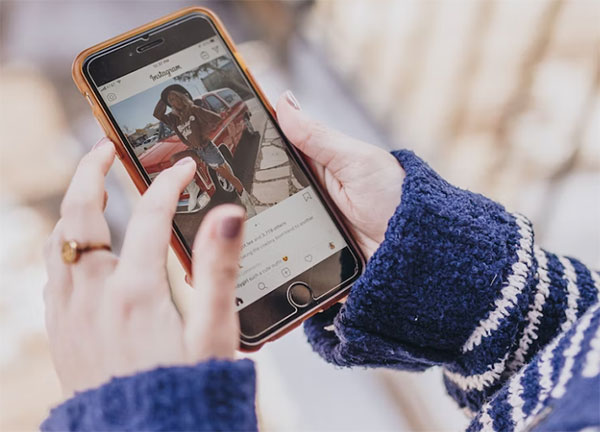
How Can I Identify Fake Instagram Accounts?
We’ve talked about how Instagram detects a fake account. But how can you identify a fake account? This is important, since you need to be careful about who you’re dealing with on the web. Like other social media sites, Instagram has its share of scammers. And while Instagram has done a great job of cutting down on fake accounts, they’re like weeds. You keep pulling them out, but more just keep cropping up.
There are two main types of fake Instagram accounts: bots and catfishes. Bot accounts are usually used for advertising – or, more cynically, for propaganda. Bot farmers can coordinate dozens, hundreds, or thousands of accounts to promote a product or service. So just because a bunch of people are posting about some fancy new crypto exchange doesn’t mean it’s legitimate.
Catfishes are scammers who pretend to be real people. While “catfishing” originally referred to romantic scammers, the term has become more broad. If someone is asking you for help or pretending to be your long-lost twin brother, it’s a catfishing scam.
So, how do you identify these accounts? Here are some of the biggest warning signs.
The Username Is Off
If you’re not sure who you’re dealing with, take a closer look at the username. If someone’s impersonating your friend, you’ll probably notice that something is off. Maybe there’s a “1” instead of an “l”, or a “4” instead of an “A”.
Along the same lines, be extra careful with celebrity accounts. Scammers will often use fake celebrity accounts to promote sweepstakes or even offer free “giveaways.” They use this as a pretext to get your personal information and steal your identity or money. They may also post malicious links, since you naturally trust that celebrities aren’t trying to spy on your computer.
Thankfully, most celebrities use the same handle across all social media platforms. So check other platforms and make sure the username checks out. For instance, Ryan Reynolds is “VancityReynolds” on all social media platforms. If “RReynolds” shows up in your feed posting a shady link, don’t click on it.
The Photos Are Inconsistent
Most fake accounts use stock photos or other publicly-available images as their profile picture. If you don’t personally know the person, run a reverse image search on Google. If the picture shows up on a modeling site or stock image platform, you’re dealing with a fake account.
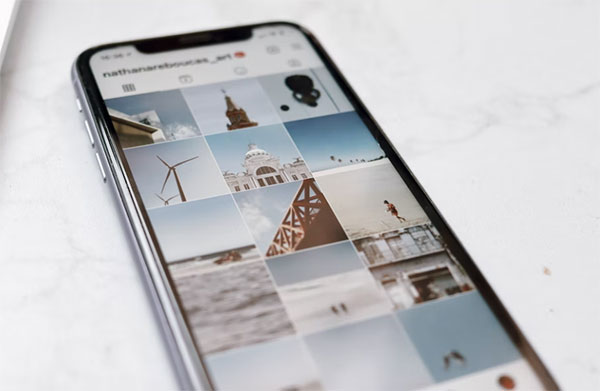
The Following and Followers Counts Are Wildly Different
If you’re like most people, you follow more people on Instagram than you have followers. In most cases, only influencers and celebrities have a huge amount of followers and follow far fewer people.
That said, most of us are connected with friends and family, so we’ve got at least a handful of followers. An account with very few followers is probably fake. That said, some scammers are starting to get clever, and purchase fake followers to make themselves look more authentic.
The Bio Is Spammy
Most people’s Instagram bio is something that reflects their personality. Look out for bios that simply link to other social media accounts, or that are just a string of emojis. Steer well clear of accounts that tell you to click a link to earn money or buy a product.
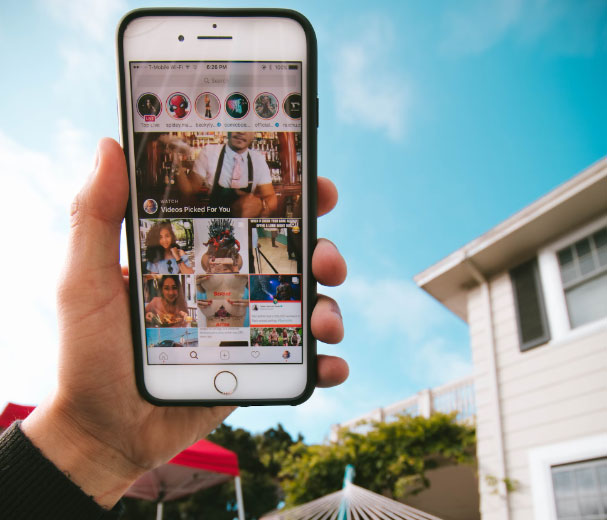
A “Celebrity” Is Sending You DMs
We’ve touched on celebrities before, but this particular scam bears mentioning. If a “celebrity” messages you asking for money, just block them. Selena Gomez is not DMing you. She certainly isn’t stranded at the airport and in need of an emergency MoneyGram. Run away as fast as you can.
Your Real-Life Friend Is Acting Weird Online
Some scammers will pretend to be someone you know. The idea is to circumvent the logical part of your brain and play on your emotions. If your “friend” is asking you to click a link or send them money, visit their account and see if it looks legitimate. Even then, it may have been cloned. The best thing you can do is call or text them or reach out on another platform.
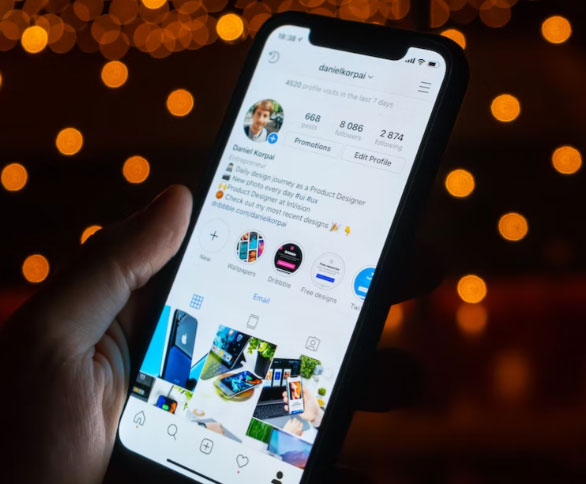
A Total Stranger Is Aggressively Flirting
If you’re a woman, you might be rolling your eyes at this one. But eggplant emojis aside, men and women alike should be wary of aggressive flirting. If a stranger says they scanned your profile and they’re madly in love with you, they’re a scammer. Either that, or they’re the type of person you should probably block anyway.
You Get an Emergency Request For Help
Some scammers will take advantage of natural disasters and other tragedies to take advantage of your goodwill. If you want to help people who suffered from an earthquake or famine, donate to a reputable charity. Don’t give your money to some fake Instagram do-gooder.
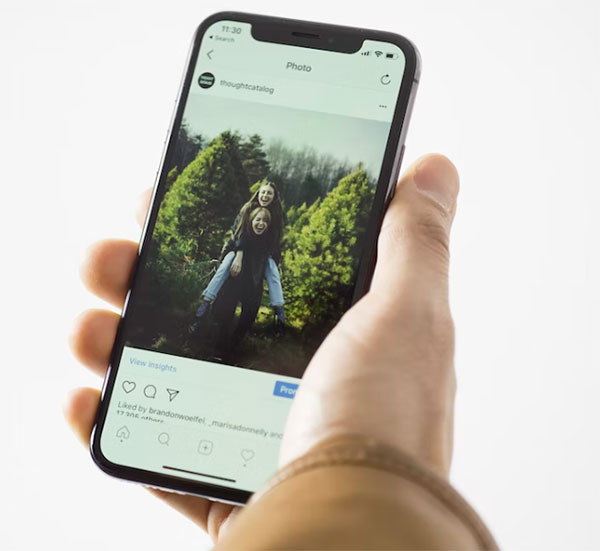
How to Report a Fake Instagram Account
If you think you’ve encountered a fake Instagram account, you can report it. This can get ultimately result in the account being deleted, so other users won’t get scammed. Here’s how it’s done:
- Visit the profile and tap on the menu icon.
- Tap “Report,” then select “Report Account.”
- Follow the on-screen instructions. Unfortunately, there’s no option to say that it’s a bot account or scammer. Instead, just choose “It’s Pretending to Be Someone Else.”
- Choose who the account is impersonating, even if it’s just another random account. The point is to get Instagram involved, so any option will do.
- Tap “Submit Report.”
That’s all there is to it! You’ve successfully reported a suspected fake account.
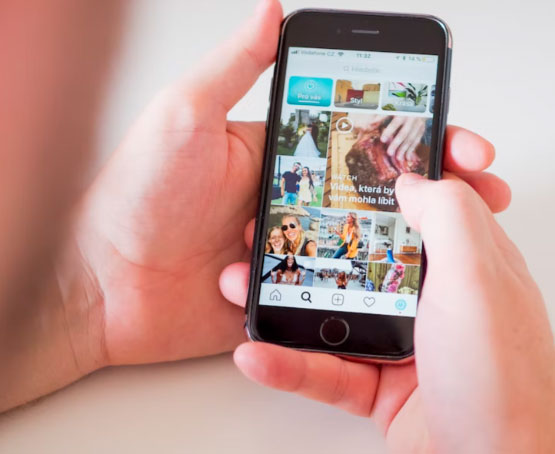
Final Thoughts
As you can see, Instagram is taking strong measures to deter bots and scammers. But given the fact that creating an Instagram account is free, new fake accounts will inevitably appear. By reporting these accounts, you can keep them out of your feed and help keep other users safe.
Of course, this means knowing the signs of a fake account for yourself. Be wary of accounts with an unbalanced following/followers ratio, or who are pretending to be celebrities. If a “friend” asks you for money, call or text them to see what’s going on. And while we’d all like to be chatting with Ryan Reynolds and/or Selena Gomez, it’s not going to happen. Avoid these types of accounts, and you’ll be much better off.
Meet Ry, “TechGuru,” a 36-year-old technology enthusiast with a deep passion for tech innovations. With extensive experience, he specializes in gaming hardware and software, and has expertise in gadgets, custom PCs, and audio.
Besides writing about tech and reviewing new products, he enjoys traveling, hiking, and photography. Committed to keeping up with the latest industry trends, he aims to guide readers in making informed tech decisions.

